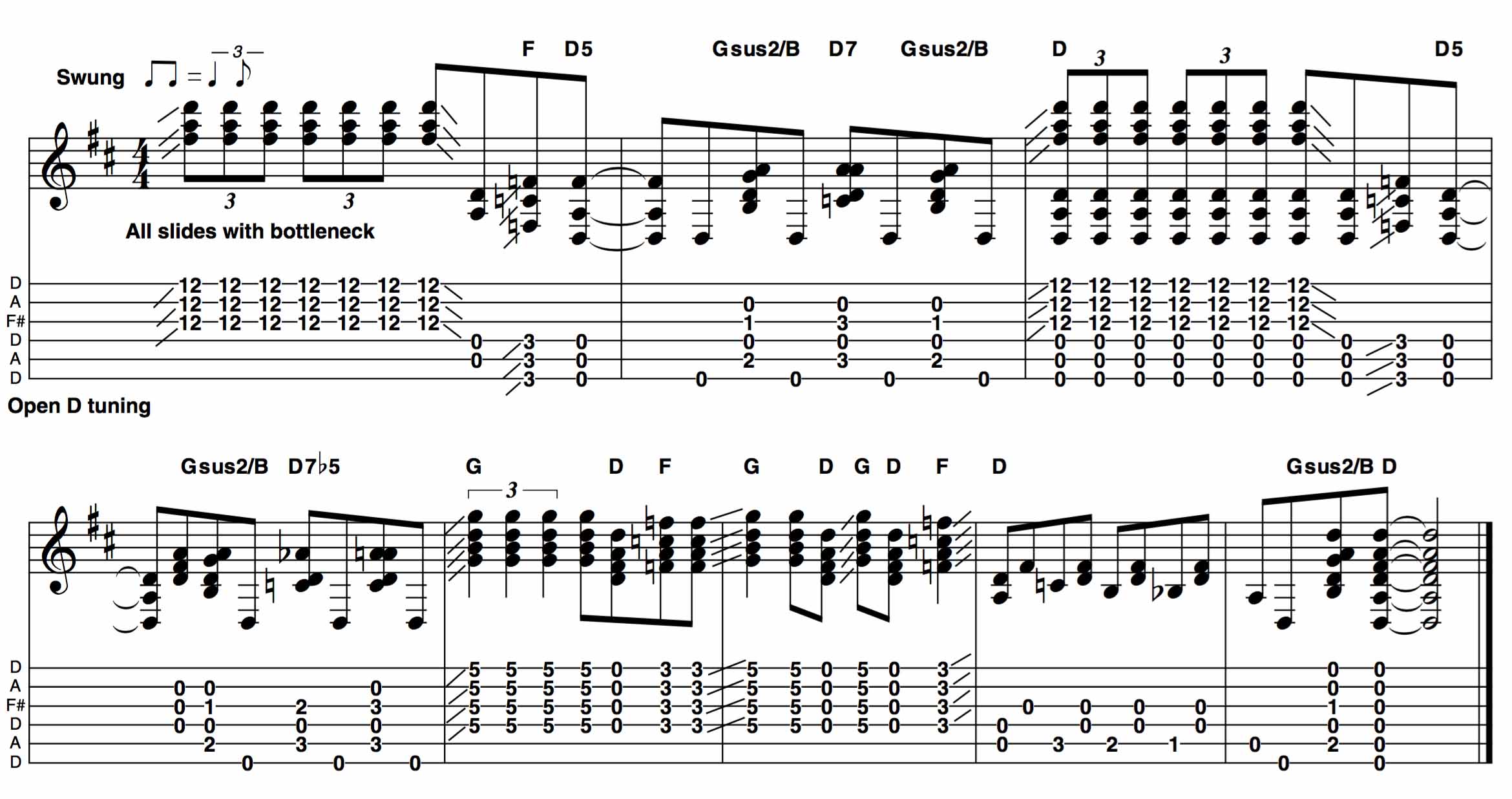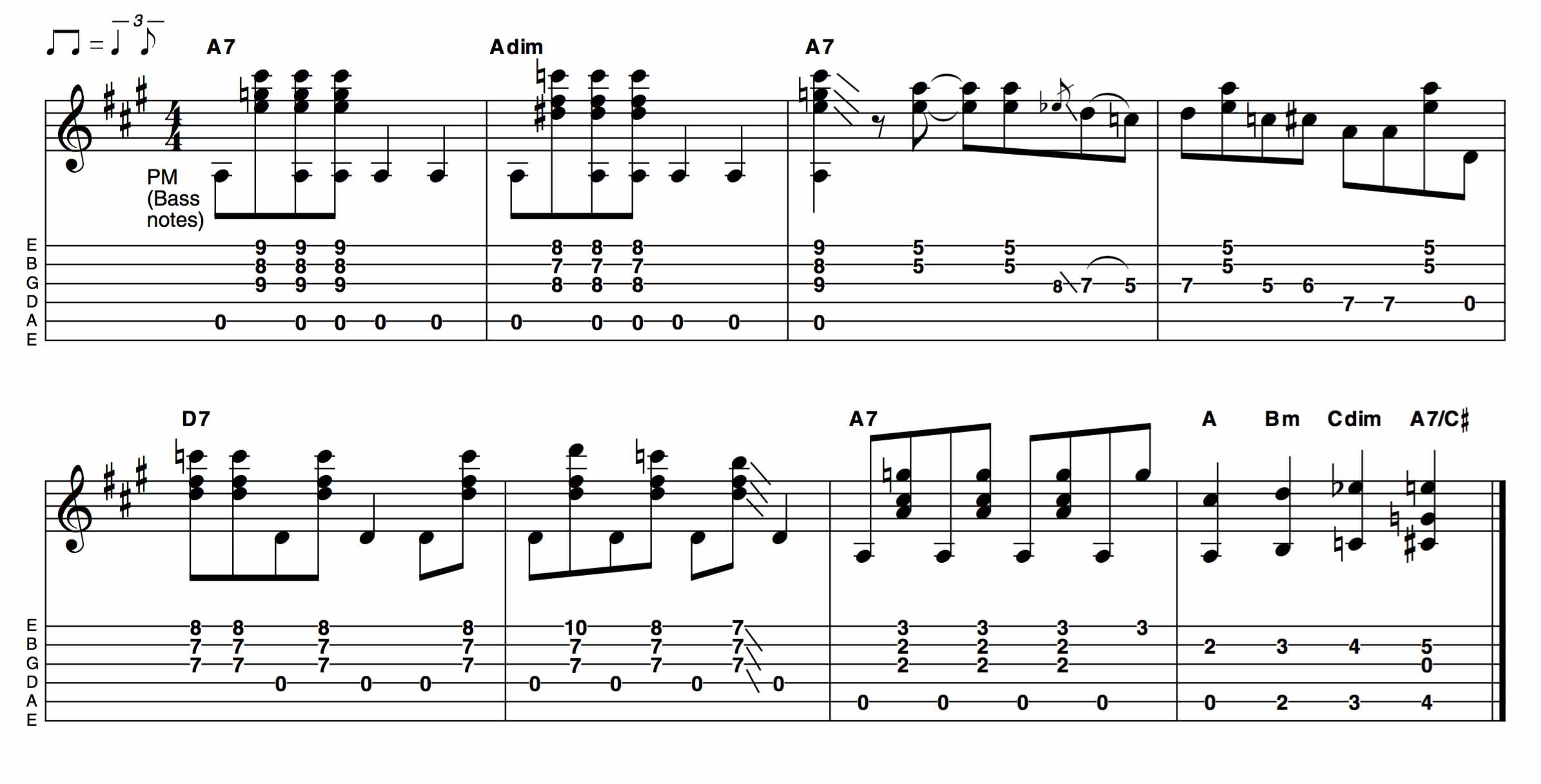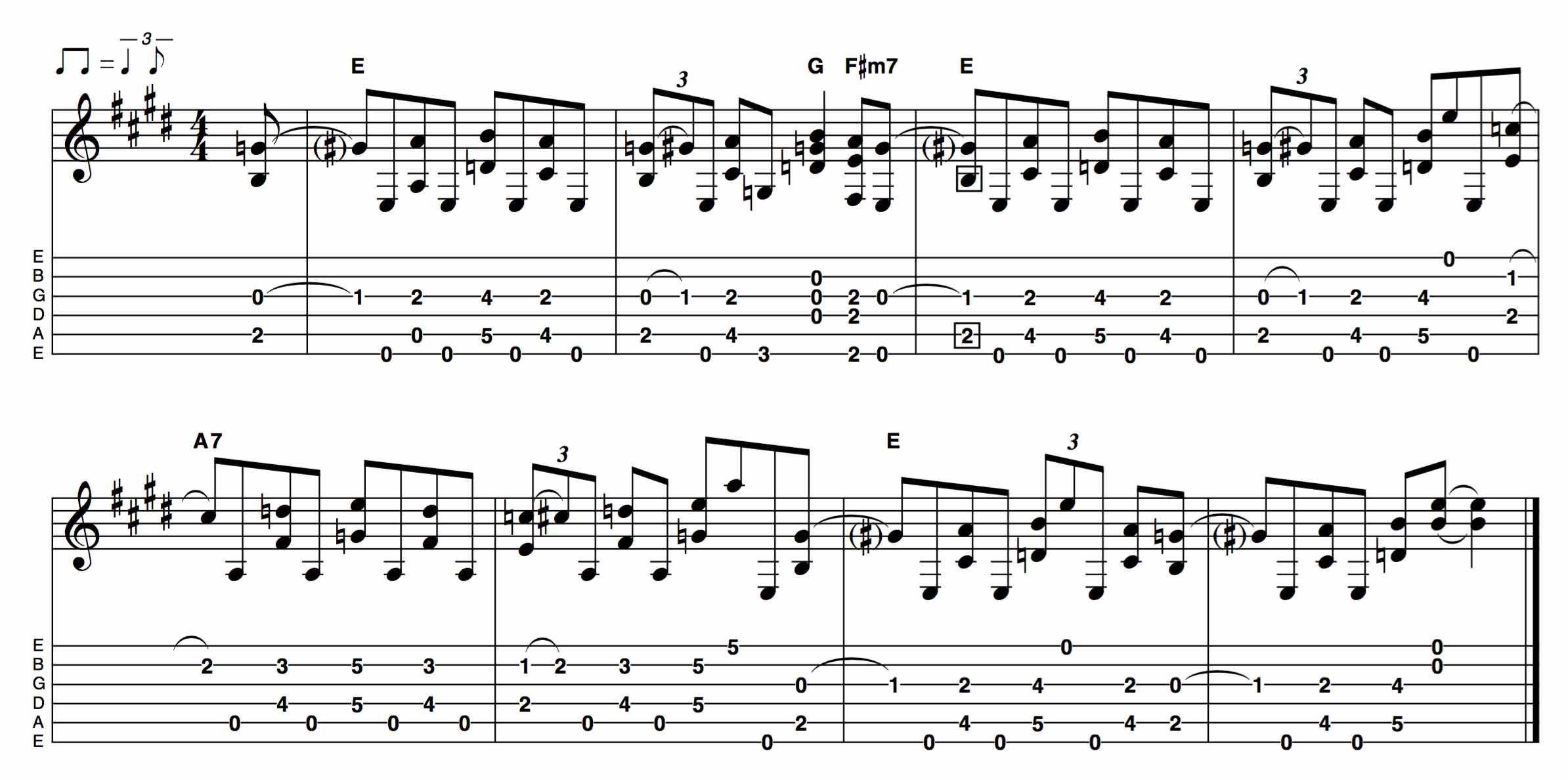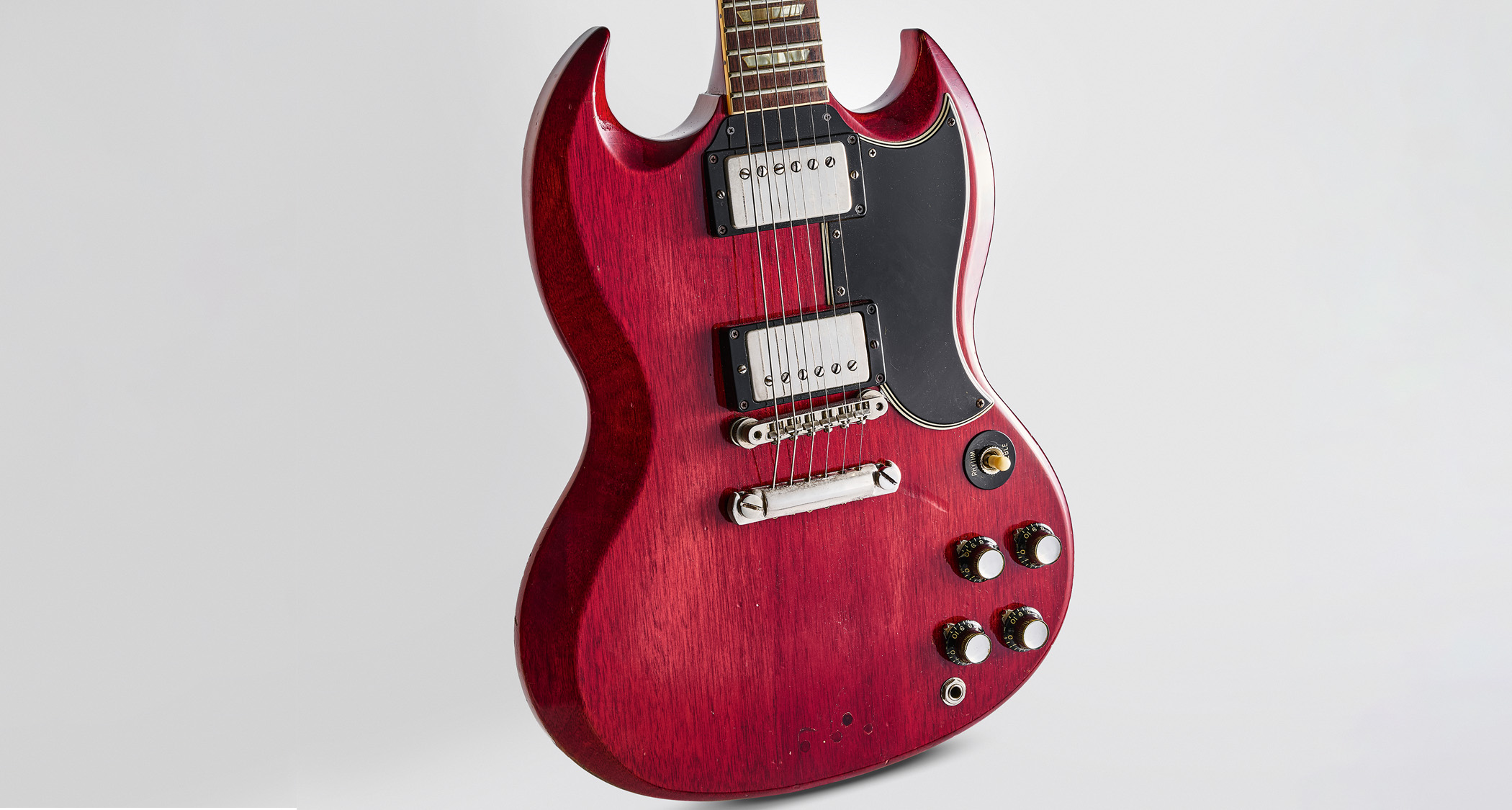How to play acoustic guitar like Eric Clapton
The impossible dream? Maybe, but this primer in Slowhand's style will set you on your way

Heavily inspired by the likes of Robert Johnson and Muddy Waters, Eric has always been a blues purist. So much so that he left The Yardbirds when they were on the brink of commercial success, objecting to the pop direction of For Your Love.
Though a pioneer of loud overdriven electric guitar, Eric’s passion for the acoustic guitar has been clearly demonstrated over the years. He is a master of many traditional techniques, such as bottleneck, clawhammer and using the picking hand first finger to ‘flick’ chords with an upstroke motion, while playing bass notes with the thumb.
Our examples aim to give you a good overview of these techniques and others, without years of dedicated study (you can always do that, too, of course!). More good news is that you don’t need racks of expensive gear to get close to the required tones.
Admittedly, Eric’s vintage Martins and his own signature EC model’s price tag puts such instruments firmly out of the reach of many players, but in truth any reasonable acoustic will suffice.
Eric favours smaller-bodied guitars for the more focused midrange and clarity they deliver. For bottleneck, he often employs a resonator guitar for the distinctive ‘boxy’ sound that’s ideal for this technique.
The audio examples were recorded with a Yamaha CPX 900, mic’d in front of the soundhole. A little reverb was added for ambience afterwards. If you have an acoustic with a built-in pickup (like Eric’s) then you may want to do the same with a medium ‘room’ setting subtly blended in.
Example 1. Arpeggiated chords
These melodic chords will have a familiar ring to most Clapton fans. Mixing chord shapes with melodic details and linking lines gives a very self-contained part, further enhanced by the piano-style chording in bars 3 and 4.
All the latest guitar news, interviews, lessons, reviews, deals and more, direct to your inbox!
Example 2. Clawhammer picking
This rhythmic clawhammer style is fairly simple to execute but gives an effective and complex-sounding result. Basically, the thumb plays the root notes in a crotchet/quarter note ‘pulse’ with the fingers adding top notes in a repetitive pattern that remains almost identical throughout. Start slowly and all will become clear quite quickly.
Example 3. D-tuned slide
Using open D tuning (low to high: D A D F# A D), this example mixes bottleneck with traditional chording. Again, it’s a very self-contained sound. Though some handling noise from the slide is unavoidable – even desirable – it’s a good habit to mute the strings behind the slide (headstock side) to avoid unwanted notes.
Example 4. Upstroke ‘flick’ technique
Playing palm-muted bass notes with the picking hand thumb and using the first finger to ‘flick’ the high strings in an upstroke motion, this example breaks into a mini ‘solo’ in bars 3 and 4. As long as the riff and rhythm are well established, it’s possible to do this for surprisingly extended periods without losing the thread of the piece. Check out the tab but use this idea as a springboard for further improvisation.
Example 5. Boogie-woogie style
Very reminiscent of a ‘boogie-woogie’ piano part, this idea uses offbeat bass notes in a shuffle style. Like many of these examples, it can take a while to make it sound ‘right’. In this case, play the bass notes in a smooth non-accented fashion, keeping the focus on the moving chord/riff. Also, note the rhythm/riff pattern is intentionally broken from time to time. Check bars 4, 6 and 7.
As well as a longtime contributor to Guitarist and Guitar Techniques, Richard is Tony Hadley’s longstanding guitarist, and has worked with everyone from Roger Daltrey to Ronan Keating.






